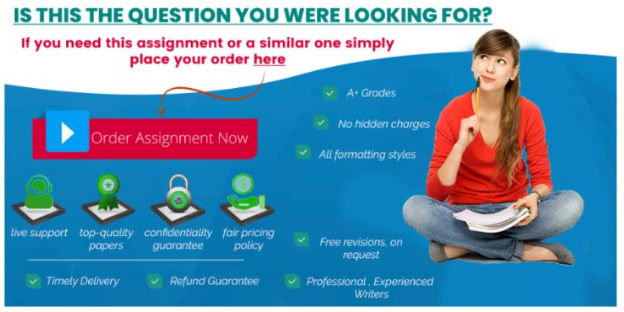Reimbursement and Departmental Impact
Much of what happens in healthcare is about understanding the expectations of the many departments and personnel within the organization. Reimbursement drives the financial operations of healthcare organizations; each department affects the reimbursement process regarding timelines and the amount of money put into and taken out of the system. However, if departments do not follow the guidelines put into place or do not capture the necessary information, it can be detrimental to the reimbursement system.
From the moment you make an appointment to see your physician, the provider needs to track all of the financial elements involved in providing care. Medical billing software is one component utilized to track the financial elements, from verifying insurance coverage and determining copayments, as well as sending claims electronically to various third-party payers. Revenue cycle management (RCM) describes the combined administration of these essential financial processes.
An important role for patient financial services (PFS) personnel is to monitor the reimbursement process, analyze the reimbursement process, and suggest changes to help maximize the reimbursement. One way to make this process more efficient is by ensuring that the various departments and personnel are exposed to the necessary knowledge.
For your final project, you will assume the role of a supervisor within a PFS department and develop a white paper in which the necessary healthcare reimbursement knowledge is outlined. In Milestone One, you will take a closer look at how reimbursement impacts other healthcare departments, and you will dive deep into analyzing the revenue cycle, utilizing data, tracking records, and ensuring compliance within individual departments.
Pay-for-performance is a requirement for Medicaid Managed Care, Medicare, and commercial plans, requiring reporting on quality outcomes.
Prompt
Using the provided template in the Guidelines for Submission, submit a draft of Sections I and II of the final project. Specifically, the following critical elements must be addressed:
Reimbursement and Departmental Impact
- Reimbursement and the Revenue Cycle
- Describe what reimbursement means to a healthcare organization. What would happen if services were provided to patients but no payments were received for those services?
- Illustrate the flow of the patient through the cycle from the initial point of contact through the care and ending at the point where the payment is collected
- Departmental Impact on Reimbursement
- Many different departments utilize reimbursement data in a healthcare organization. It is crucial the healthcare organization monitors this data. What impact could the healthcare organization face if this data were not monitored? Describe why collecting data is required for pay-for performance incentives.
- Describe the activities within each department in a healthcare organization for how they may impact reimbursement. What specific data would you review in the reimbursement area to know whether changes were necessary?
- Identify the responsible department for ensuring compliance with billing and coding policies. How does this affect the department’s impact on reimbursement in a healthcare organization?
What to Submit
Your paper must be submitted as a 3- to 4-page Microsoft Word document using the provided template. Sources should be cited in APA format.
-
What does reimbursement mean to a healthcare organization and what happens if no payments are received?,
-
What is the flow of a patient through the revenue cycle from initial contact to final payment?,
-
What impact could occur if reimbursement data is not monitored and why is data collection required for pay-for-performance incentives?,
-
What departmental activities impact reimbursement and what data should be reviewed to determine necessary changes?,
-
Which department ensures compliance with billing and coding and how does this affect reimbursement?







